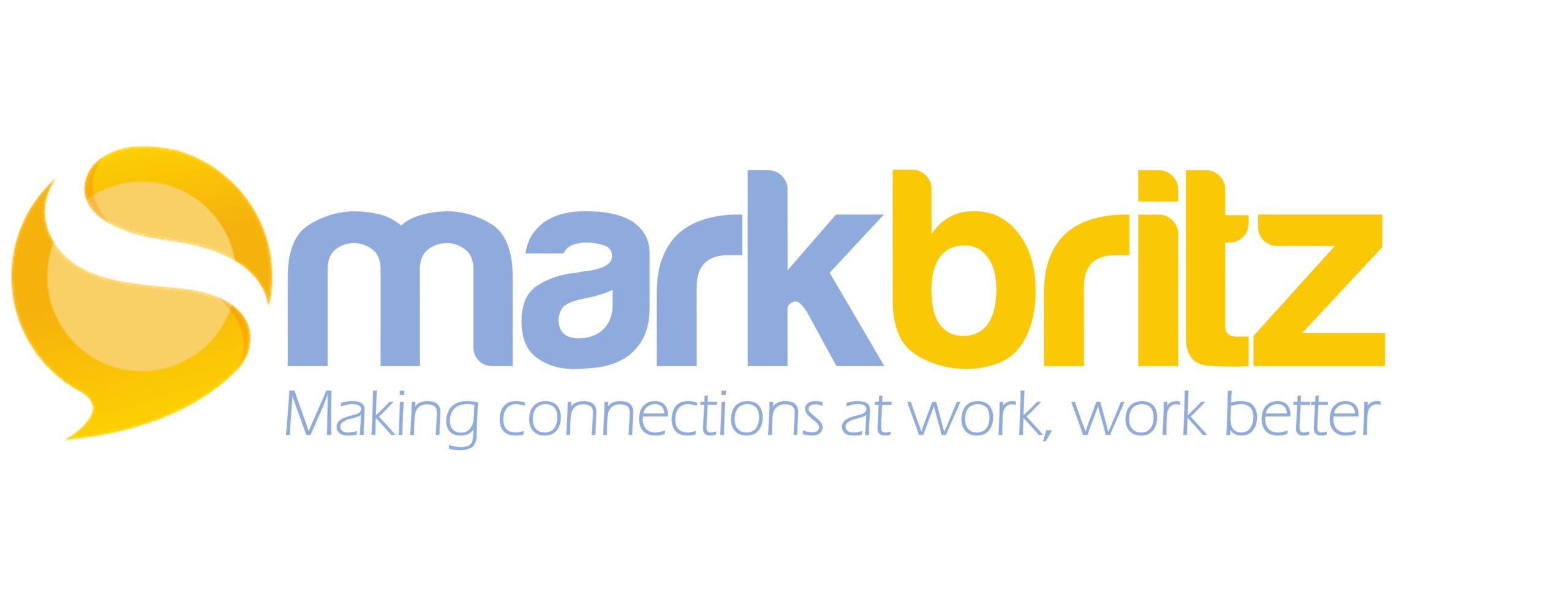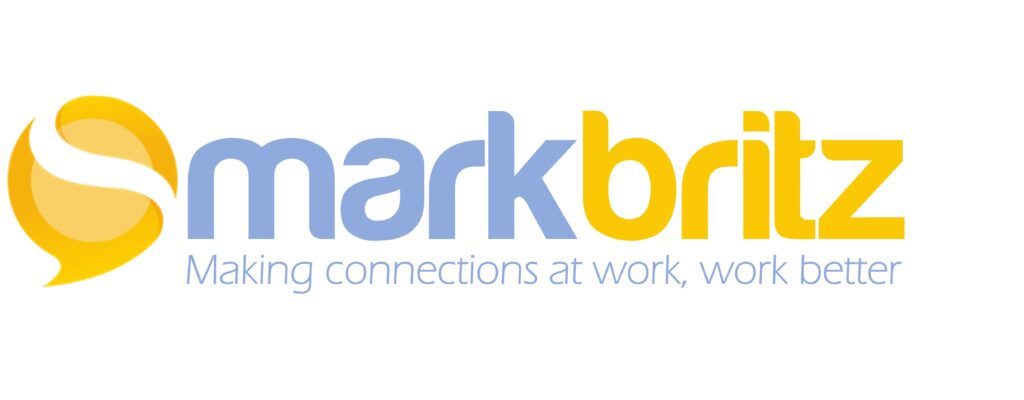My wife recently took a position with the development department at the local zoo. As part of her on boarding she has been engaging in “behind the scenes” activities to see and engage the animals more closer with the keepers. Last week she met with the Elephants. She learned of their love of jelly beans and was told that each night the Elephants check the locks as the keepers leave. Not to ensure they are locked but maybe in the hopes they might be unlocked.
This got me to thinking about captivity. How the once wild can remain wild in a controlled environment and if they really live as they had. As we continue to support our internal network I’m curious of the specific interplay of people within an ESN (E2.0) vs. that of those in Web 2.0.
This got me to thinking about captivity. How the once wild can remain wild in a controlled environment and if they really live as they had. As we continue to support our internal network I’m curious of the specific interplay of people within an ESN (E2.0) vs. that of those in Web 2.0.
 How that, although the tools on the “inside” mimic the tools on the “outside”, the behaviors on the inside differ greatly to those on the outside. For example the food and environment (habitat) are similar to an animal’s natural environments but we know and more importantly, they know, they are captives.
How that, although the tools on the “inside” mimic the tools on the “outside”, the behaviors on the inside differ greatly to those on the outside. For example the food and environment (habitat) are similar to an animal’s natural environments but we know and more importantly, they know, they are captives.In ESNs and zoo’s the “members” are each dependent upon others to maintain their environment and therefore are no longer functioning as they would in the wild. Both are observed continually, fed on schedule from “keepers”, limited in freedom, and regardless of the care, attention, and stimulization they receive, wouldn’t they still just rather be free? Free to choose, free to roam, free to test their abilities and explore different environments?
ESNs are not cages and employees are hardly captives but the question is, can we ever fully expect the vigor, beauty, comfort and energy of those engaging in the wild world of Web 2.0 to happen in an ESN? I think not. No more than we can expect captive animals to remain unchanged. To even come close to the benefits we see in the wild there are few principles ESN “keepers” might be mindful of:
- Trust takes time. Trust as in trusting those with knowledge will share openly and share when its needed most. Trust as in revealing ones limitations is not judged as weakness. How much time? It’s different for each and their “lifespan” or tenure in the organization too is different for each.
- Expand, not constrict the environment, encourage more of the outside look, feel and flexibility to come in. Remember, that unlike zoo animals, employees lead a double life inside and outside your network. Bridging the two is not a technical solution alone.
- Monitor to aid the inhabitants not to manipulate as a showcase for onlookers (stakeholders).
- Respect the ebb and flow of independent activity without forcing desired behaviors for the satisfaction of onlookers.
- Support the needs of the inhabitants rather than drive the wants of the organization. Organizational impact is a result of a healthy environment.
- Maintain realistic expectations. No matter what you do, not all will *survive*.
As my wife grows into her role and connections at the zoo I want her to ask of the keepers, “how do you really know when an animal is not just surviving but thriving?” Might be something to look at more closely in our own environments. oh and if the Elephant finds the door unlocked, what then?

